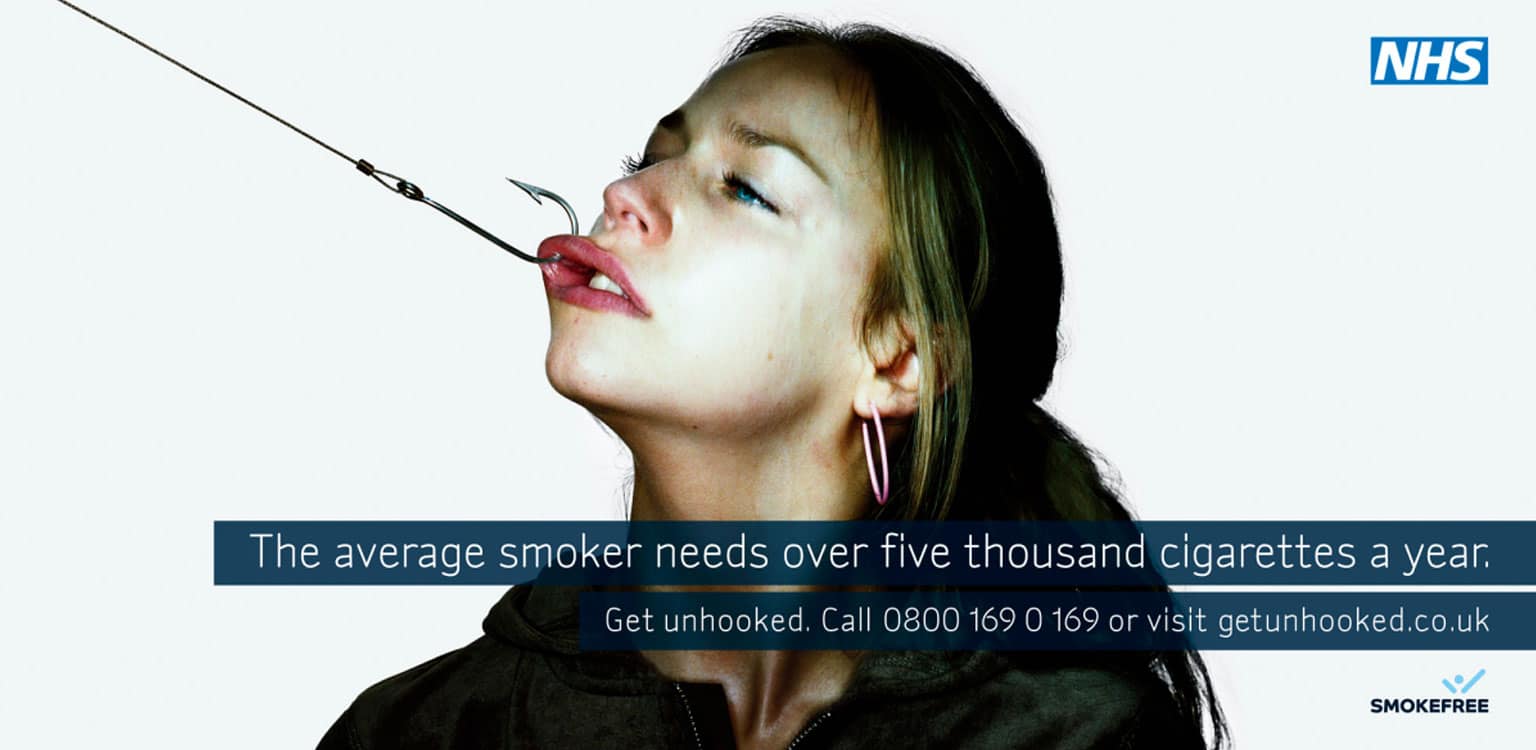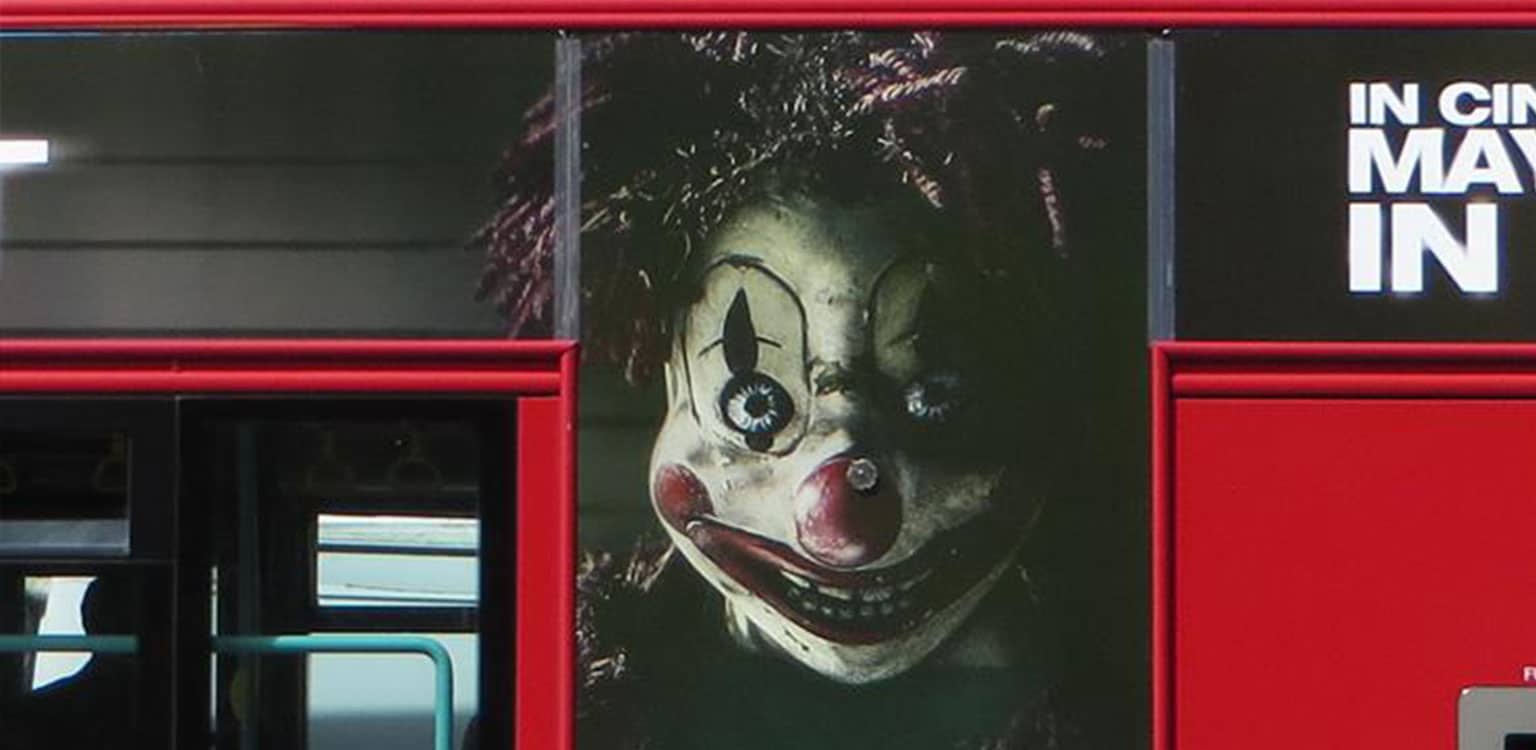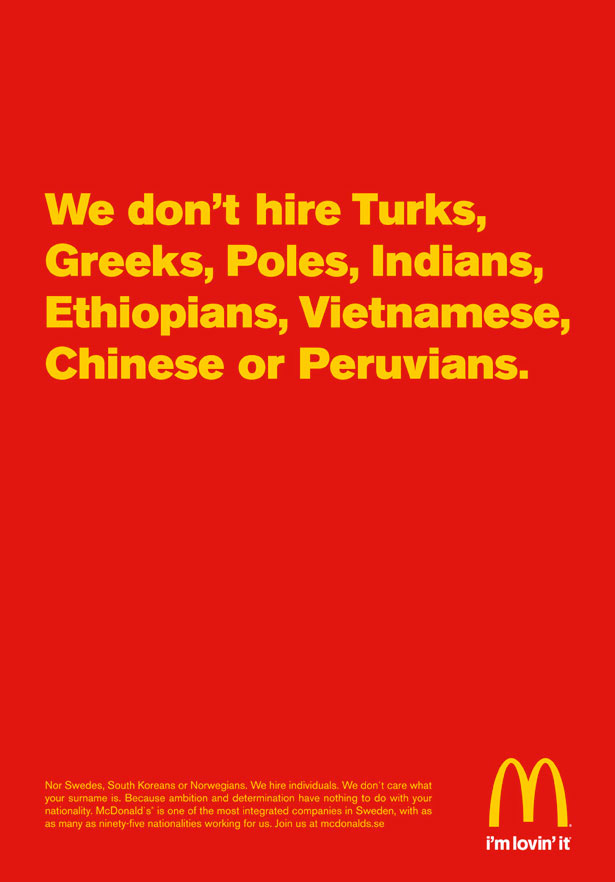How fear-based advertising can capture your audience’s attention

How does emotional marketing make consumers act?
Fear makes our pulses race and increases our blood pressure, but it also makes us act. As well as the natural fight or flight reactions, it seems that fear makes us buy things too.
Emotion has long been at the heart of almost every marketing plan, and for good reason. Emotional marketing can trigger an emotional response in the consumer, that activates a desire for the advertised brand or product. And emotion beats rationality hands down when it comes to decision making. As consumers, we don’t just buy things based on information, but on how they make us feel.
A study found that adverts with purely emotional content generated twice as much profit as adverts based on rational content.
The Institute of Practitioners in AdvertisingBrands understandably want to forge deeper connections with their audiences, so they try to make consumers feel good about themselves and the brand – but often they do this by scaring us first. That’s because, out of all our emotions, fear is the most persuasive.
Fear stimulates a high level of brand recognition, perhaps because people have better recall for ads that evoke fear than for ads that evoke joy and happiness.
https://medium.com/dumbstruck/the-fear-factor-in-advertising-f4e8cc473539Take Listerine and Lynx; where would their sales figures be, if we weren’t just a little bit afraid that our breath, or our armpits, might not be as fresh as they could be?

Lynx played on consumers’ fear of social embarrassment, but they didn’t stop there. They went for the double-whammy, speaking to many young men’s fear of being left on the shelf, with ads that promised to turn every geeky wimp into a hot sex god. The ‘Lynx effect’ worked. It worked back in 2020, when they dominated the body-spray sector with a 52% share, and an estimated 7.8 million British men used their products (Source: Statista).
Recently, however, Lynx have taken a stand against sexualising women – a major move for a brand built on sex. In the absence of hot women, Lynx has reverted to playing to men’s fears. Lynx’s new campaign #isitokforguys asks some of the questions that men are Googling, but which are too sensitive or embarrassing to be voiced out loud.

Negative emotional advertising often plays with our social and cultural need to belong. If a brand can make the fear stop by providing the solution, then they’re loved for it. If a brand can make their audience feel good about themselves to boot, they’ll be thanked with brand loyalty.
Dialling up the fear factor
The fear of dying took centre stage when Britain’s iconic AIDS awareness adverts hit TV screens in 1987. The distinctive tones of actor John Hurt overlayed tombstone imagery and sinister background music to warn the public. “There is now a danger that has become a threat to us all.” The language was carefully chosen to raise awareness that anyone could die of ignorance, after earlier US campaigns prompted angry backlash for stigmatising gay men and stoking homophobia. The result – a whole generation grew up scared, but it did ensure millions had safer sex.
Public health advertising often relies on fear. In 2008, cigarette manufacturers were ordered to display graphic images of cancer patients and diseased body parts on their product packaging, graphically showing the effects of smoking.
Substantial evidence from a broad range of studies shows that graphic pictures can significantly enhanced the effectiveness of warning labels.
https://www.ncbi.nlm.nih.gov/pmc/articles/PMC2733253Anti-smoking adverts are also often visually disturbing. No doubt a decision based on research which suggests that:
‘The higher the level of negative emotions, the greater the effectiveness of the advert.’

But scare tactics can scare off consumers…
Some public health advertising has left viewers feeling shaken. The 2009 Think! Road safety campaigns used pizza to represent a brain as it splattered across a car windscreen, and a second showed a mother killed by her son. But is this the right approach to take?
A recent study found that if an advert is too graphic or disturbing, it can actually have an inverse effect on viewers, and they may stop watching it.
The study by the National Library of Medicine, published in May 2020, used social media to test reactions to a driver safety campaign featuring three different levels of negative emotional intensity. The advertising with the strongest negative stimuli evoked the strongest negative emotions, but – crucially – it had no significantly stronger influence on behaviour than moderately threatening imagery.
Using extreme negative emotions in advertising risks drawing attention away from the message and evoking viewers’ defence mechanisms.
When an audience has their defence mechanism triggered they may actively avoid seeing the source of their emotional discomfort. They may stop paying attention, or self-deceive, by refusing to see the personal relevance. Of the drivers in the social media study, those with most risky driving styles payed less attention to the more threatening messages.
This means that you really need to know your audience and their hopes and fears before going for the jugular. Go too far and you’ll scare off a once loyal audience or turn-off potential customers.
Targeting is vital when using negative marketing
In the UK, bus companies bowed to pressure after receiving a barrage of complaints regarding a film advert that was ‘disturbing young children’. Stagecoach first pulled the advert for the new Poltergeist movie, which shows an image of a clown, from the sides of vehicles, then First in Glasgow followed suit. So, in the end no one saw the adverts, including potential audience members.

When a campaign is likely to be seen by a wider audience, it’s worth remembering that effective campaign communication does not have to use the particularly shocking content to evoke positive changes in attitudes or behaviour.
An example of where negative emotional advertising has been done well, is Rightmove’s Life’s steps TV ad, which utilises our innate fear of loneliness. We’re made to care about the characters, then fear for them. When an elderly couple’s home becomes empty, a young family moves in and a toddler starts climbing the stairs. The company’s tagline, “When life moves, make your rightmove”, is shown. But just when you think it’s all over, we see the elderly gentleman very much alive, in his new bungalow, and from off screen we hear his wife call ‘Graham’. Instantly, we move from experiencing sadness to feeling relief. Our emotions are being toyed with – but in the end we feel good about the situation and the brand.

Fear comes in many forms, there is the fear of missing out, of eco-collapse, third world poverty, germs and loneliness to name just a few. But some topics have to be handled more carefully than others.
Taboo subjects are generally to be avoided, but McDonalds bucked the trend with an advert that appeared to be overtly racist. Anyone fearing discrimination, or hating people that do, must have felt a gut-punch reaction to the advert. But when you read the small print, it goes on to clearly and cleverly state their equal opportunities policy and how they only employ individuals based on their attitudes – not their nationality.
The fast food giant’s aim was no doubt to show that they hate what their consumers hate, so forming a connection. But it can be a dangerous tactic. Not everyone hangs around to read the small print.

It all comes down to knowing your audience
So, if you’re looking to use negative emotional marketing in your next campaign; first, really get to know your audience. Then ask yourself; how do you want your brand and marketing to make them feel?
Do you need help with your next branding project or marketing campaign? Get in touch – we’d love to help. Alternatively, for the latest marketing and branding news, take a look at our Articles page.